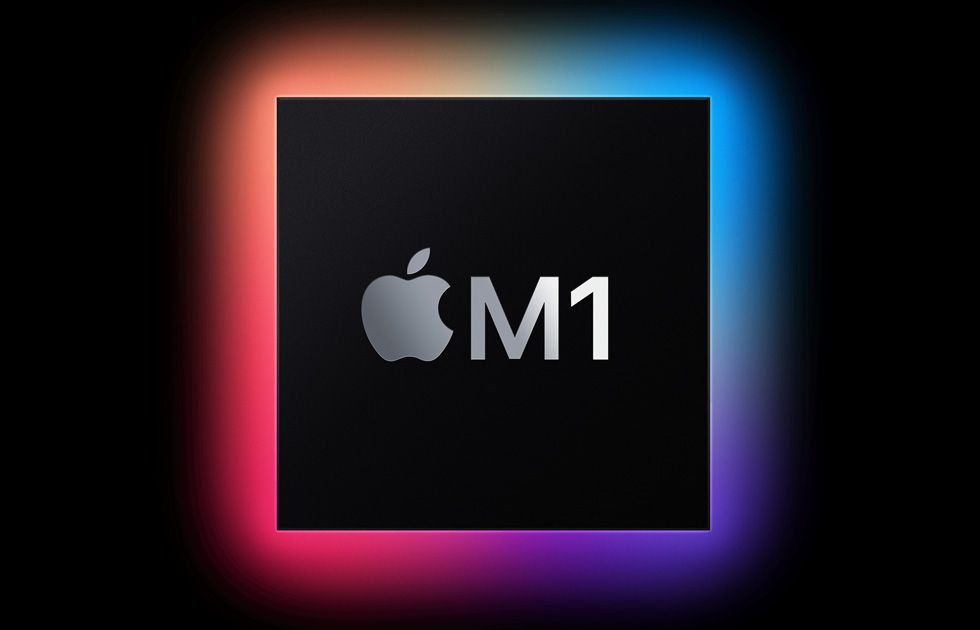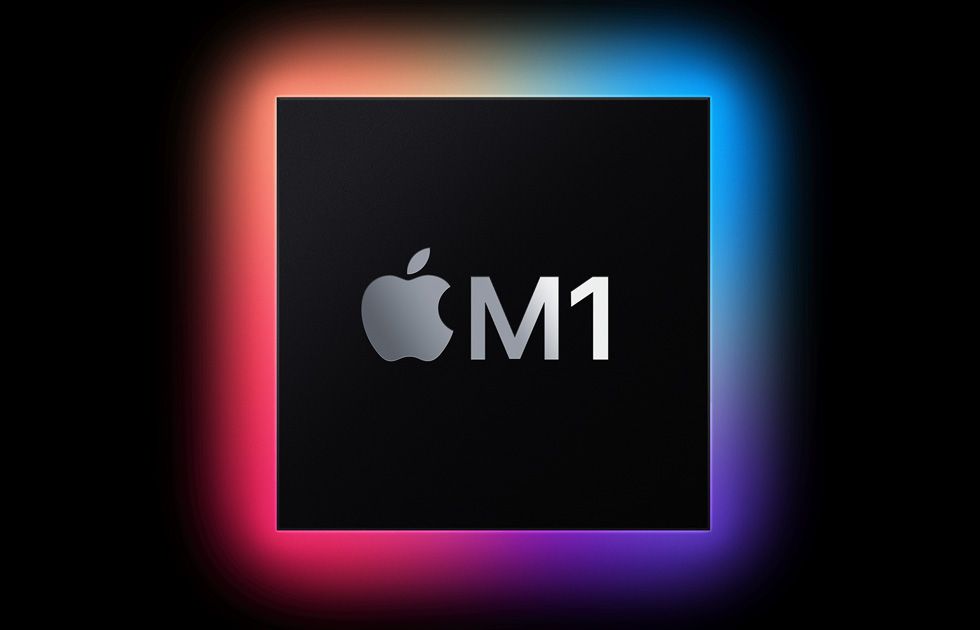
Apple’s decision to quit Intel and use its own M1 chip to power the latest MacBook Pro, MacBook Air, and Mac Mini will save the company $2.5 billion, according to a new report.
One of Apple’s biggest stated reasons for moving to the new ARM-based silicon was as a cost saving measure and, according to Wccftech , dumping Intel is looking to be a very smart financial move for the company.
The $2.5 billion figure was determined by Sumit Gupta, IBM’s AI strategy lead, who calculated Apple’s M1 production should cost in the range of $40 to $50 per chip against the cost of procuring Intel Core i5 processors at around $175 to $250 a chip.
Gupta gives a fairly detailed breakdown and his calculations come with a host of assumptions rather than raw data, but they are still within the scope of what we know and what we can guess at about Apple’s internal production process.
Savings from ARM-based silicon simply the icing on the Apple
While Apple’s cost savings from switching to its own M1 chip are no doubt substantial, the early reviews of the new M1-powered MacBooks and Mac Mini reveal that this cost savings hasn’t come at a cost to performance. In fact, Apple seems to be getting better performance at roughly 25% of the cost of an Intel CPU.
According to the Geekbench Mac benchmark database, the new M1-powered Macs are outperforming their 10th-gen Intel-powered predecessors by a substantial margin.
Plus, with the improved power efficiency that comes with the ARM architecture, Apple looks to be getting better performance, better battery life, and substantial cost savings by using its own silicon.
What’s more, the degree of control Apple now has over its own processors in its machines will certainly lead to significant innovations in CPU development across the board. All in all, Apple’s M1 chip is shaping up to be a truly groundbreaking… and priceless.
